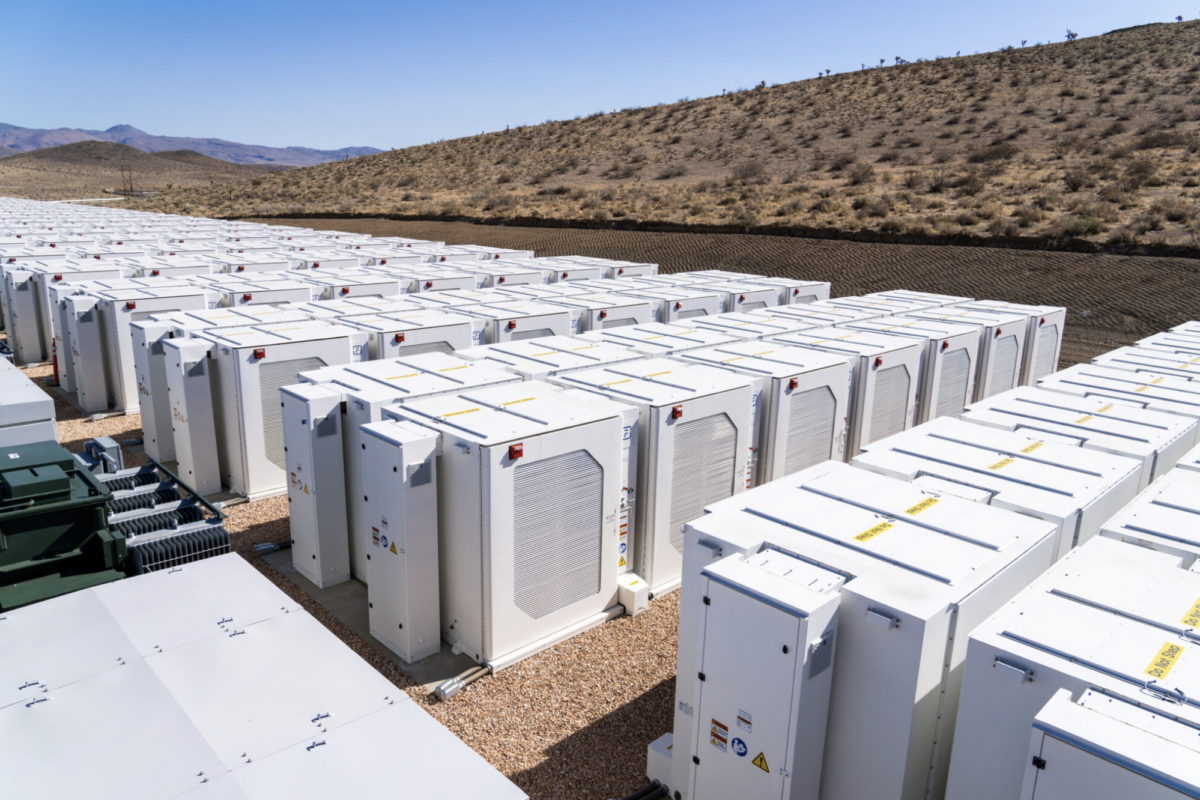Reaching 3 GW of rooftop solar in Ontario this decade could bring annual savings of up to CA$244 million (US$193 million) in 2030, according to a report commissioned by clean energy industry body the Canadian Renewable Energy Association (CanREA).
The Impact of Behind-the-Meter Solar in Ontario study, prepared by U.S.-based electricity price forecasting analyst Power Advisory LLC for CanREA, found rooftop PV could drive down the costs of firing up ‘gas peaker' plants to meet peak annual electricity demand in the Canadian province; would remove millions of dollars of associated carbon price costs, if a proposed levy is applied to gas generators; and could defray infrastructure expenditure expected as a result of the planned decommissioning of a nuclear power plant in 2026.
The report, published this month, found extensive savings for the province's power generation fleet if ambitious rooftop PV programs take place, even though household panels would have a negligible impact on the hourly peak electricity price in Ontario, which would still hinge on gas-fired generation costs.
Solar and sustainability
Power Advisory modeled four ten-year scenarios, ranging in ambition from a baseline case, which would continue the current modest rooftop PV trend in Ontario; up to a ‘high' outcome, which would see the province reach 200 MW of rooftop PV next year before adding a further 350 MW per year to the end of the decade.
In that scenario, the hourly price for electricity during the summer peak, when air conditioning ramps up demand, would only fall CA$1.88/MWh (US$1.49) thanks to the effects of household solar. However, the report stated, 3 GW of rooftop solar at the end of the decade would take CA$56 million (US$44.3 million) off the annual bill for deploying gas power plants to meet the highest periods of demand.
In addition, said Power Advisory, the minimum prices guaranteed to gas-fired generators in the auctions held to procure such extra facilities would fall as the result of rapid residential solar deployment, saving bill payers a further CA$14.3 million (US$11.3 million) in 2030, under the high-ambition scenario.
If Canada extends a proposed carbon price mechanism to gas-fired power facilities, the report added, the annual costs of running such plants could rise to CA$50.7 million in 2030, based on an estimated carbon levy of CA$50/ton (US$39.59). If, as has been recently suggested, the carbon price were to be set at a punitive CA$170/ton (US$134.60), that annual cost would reach CA$173 million (US$137 million) at the end of the decade, according to Power Advisory, with the bill almost certain to be passed on to electricity consumers.
The study also suggested the widespread deployment of solar could ease congestion fears associated with the Flow East Towards Toronto (FETT) grid interface. Grid bottlenecks are anticipated as the result of the decommissioning of the 3.1 GW Pickering Nuclear Generating Station, on the north shore of Lake Ontario. With Ontario grid company Independent Electricity System Operator (IESO) planning a CA$50 million investment in the FETT interface, Power Advisory suggested rooftop solar could defer that bill.
This copy was amended on 19/08/21 to reflect Ontario is a Canadian province, not city, as previously stated.
This content is protected by copyright and may not be reused. If you want to cooperate with us and would like to reuse some of our content, please contact: editors@pv-magazine.com.




If the federal and provincial government are truly interested in getting carbon emissions down they need to bring in true net metering and do like we did to bring electric power to rural areas with electrification and gas with gasification except for one on one the old concervative did a shot at it it was done through the electric power company you had different sizes of grid tied systems and three different payment options pay it all upfront pay a down payment or finance it all I looked at going solar at the time a system that covered my electric bill was about 120$. it would provide an average of 100$ per month of power I don’t mind paying 20$ per month extra if it’s only for 5or10 years then it’s free power for another 15 year’s but then I found out that they had butchered net metering it only covered the energy portion now I’m paying 120$ to save 60$ forget it
Our roof solar panels give us credits even after charging our electric car AND running central air conditioning.